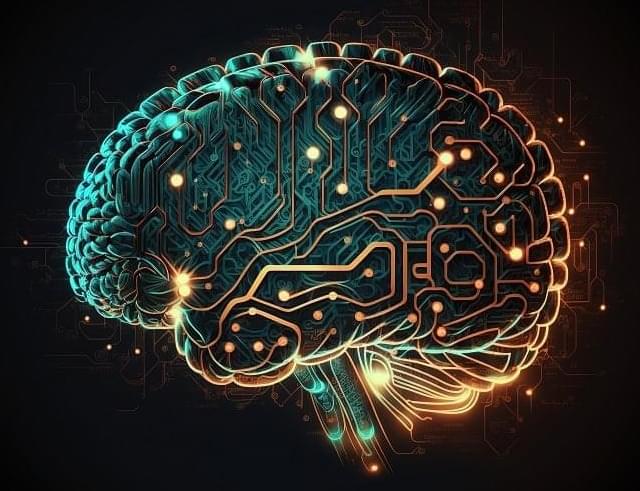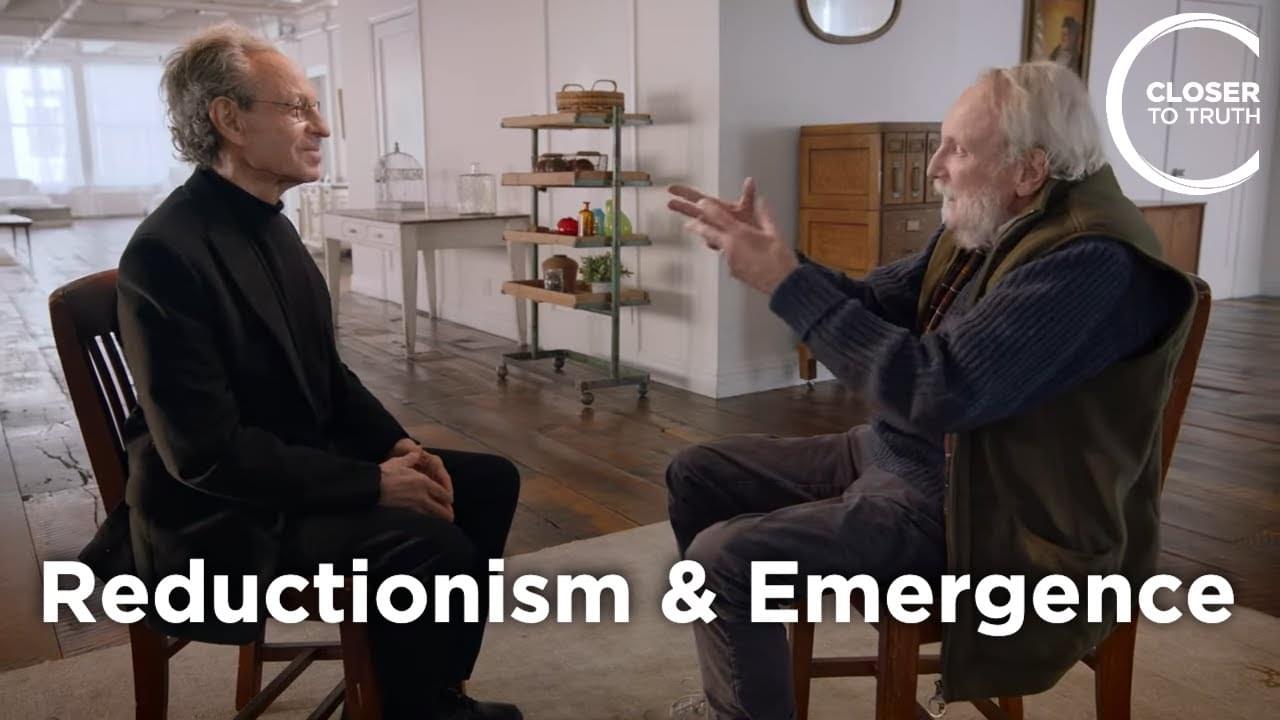Aug 22, 2024
Record-heavy ‘molecules’ created from antimatter particles
Posted by Saúl Morales Rodriguéz in category: particle physics
Схожие частицы материи и антиматерии обладают идентичными физическими свойствами, сообщила пресс-служба BNL
Схожие частицы материи и антиматерии обладают идентичными физическими свойствами, сообщила пресс-служба BNL

An exploration of new work done at Arecibo regarding the infamous Wow! Signal of 1977 that seems to account for all aspects of the observed signal but turned out to be a very strange natural event that isn’t likely to repeat often that is analogous to a lightning flash in a hydrogen cloud in interstellar space.
My Patreon Page:
Continue reading “The Wow Signal Potentially Explained … and it’s Weird” »

In this episode of Cosmology 101, we dive into the concept of an expanding universe. From the first moments of the Big Bang, our cosmos has been stretching in every direction. We explore what this expansion means for us, how we know it’s happening, and the fascinating implications of living in an ever-growing universe.
Join Katie Mack, Perimeter Institute’s Hawking Chair in Cosmology and Science Communication, on an incredible journey through the cosmos in our new series, Cosmology 101.
Continue reading “Expansion of the Universe Explained | Cosmology 101 Episode 1” »
Chirality in extended 2D structures exhibits fundamental differences from molecular-level chirality. This Perspective discusses how local molecular chirality is transmitted and amplified to form distinctive global chirality within ultrathin, single-crystalline 2D materials; it also explores the future challenges and potential of this field.

A recent study by UC San Diego researchers brings fresh insight into the ever-evolving capabilities of AI. The authors looked at the degree to which several prominent AI models, GPT-4, GPT-3.5, and the classic ELIZA could convincingly mimic human conversation, an application of the so-called Turing test for identifying when a computer program has reached human-level intelligence.
The results were telling: In a five-minute text-based conversation, GPT-4 was mistakenly identified as human 54 percent of the time, contrasted with ELIZA’s 22 percent. These findings not only highlight the strides AI has made but also underscore the nuanced challenges of distinguishing human intelligence from algorithmic mimicry.
GPT-4 passes the Turing test beating GPT-3.5, ELIZA and… man. Has he become intelligent or “just” super effective at appearing so?
There’s a lot of chatter about AI supposedly passing the Turing Test. Don’t fall for it. Here’s the truth, including a close look at the Reverse Turing Test.

Follow Closer To Truth on Instagram for interesting articles, announcements, and giveaways: https://shorturl.at/p2IhM
Can biology be explained entirely in terms of chemistry and then physics? If so, that’s “reductionism.” Or are there “emergent” properties at higher levels of the hierarchy of life that cannot be explained by properties at lower or more basic levels?
Continue reading “Michael Ruse — Philosophy of Reductionism & Emergence” »
Summary: New research in mice reveals that aging slows the brain’s ability to clear out harmful waste, contributing to neurological disorders like Alzheimer’s and Parkinson’s. Scientists have found that restoring function in the brain’s waste-clearing system, known as the glymphatic system, can reverse these age-related effects.
Using a clinically approved drug, researchers increased the efficiency of waste removal, offering a potential treatment strategy for age-related brain diseases.

Scientists are rethinking how to implement automation for biologists to reduce costs, simplify adoption, and increase reproducibility.
